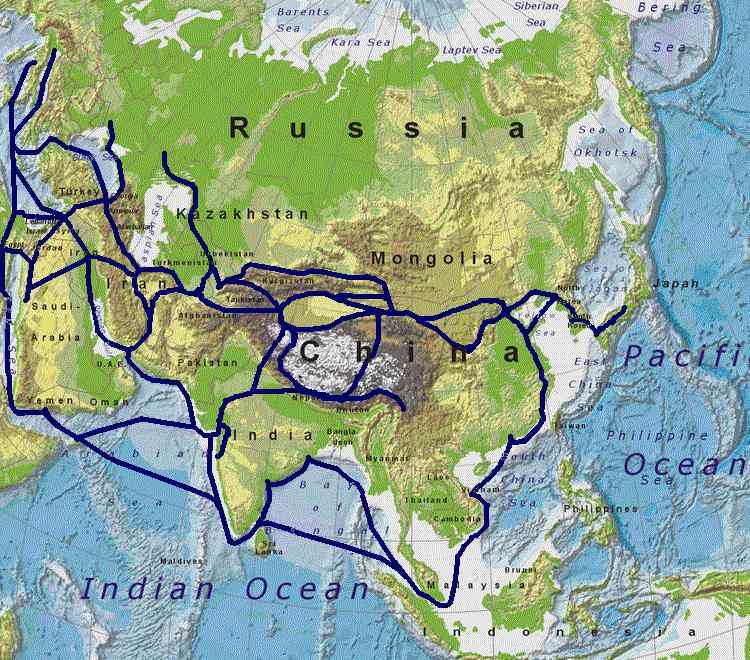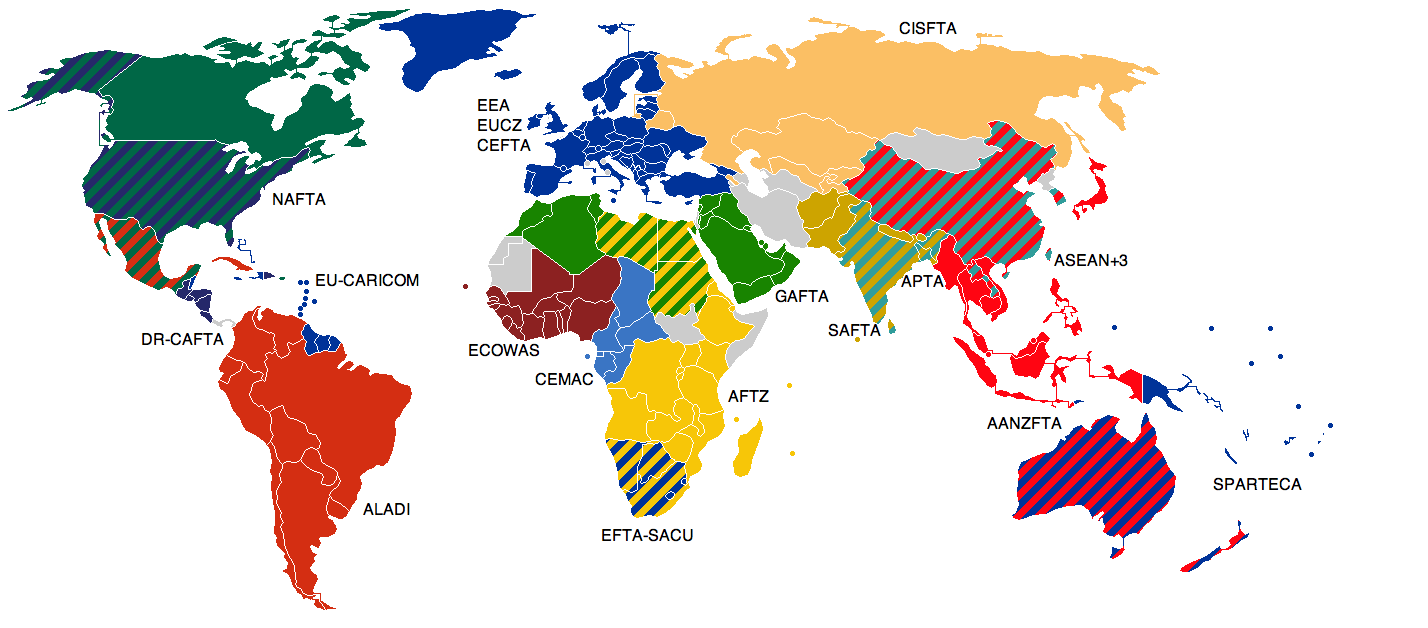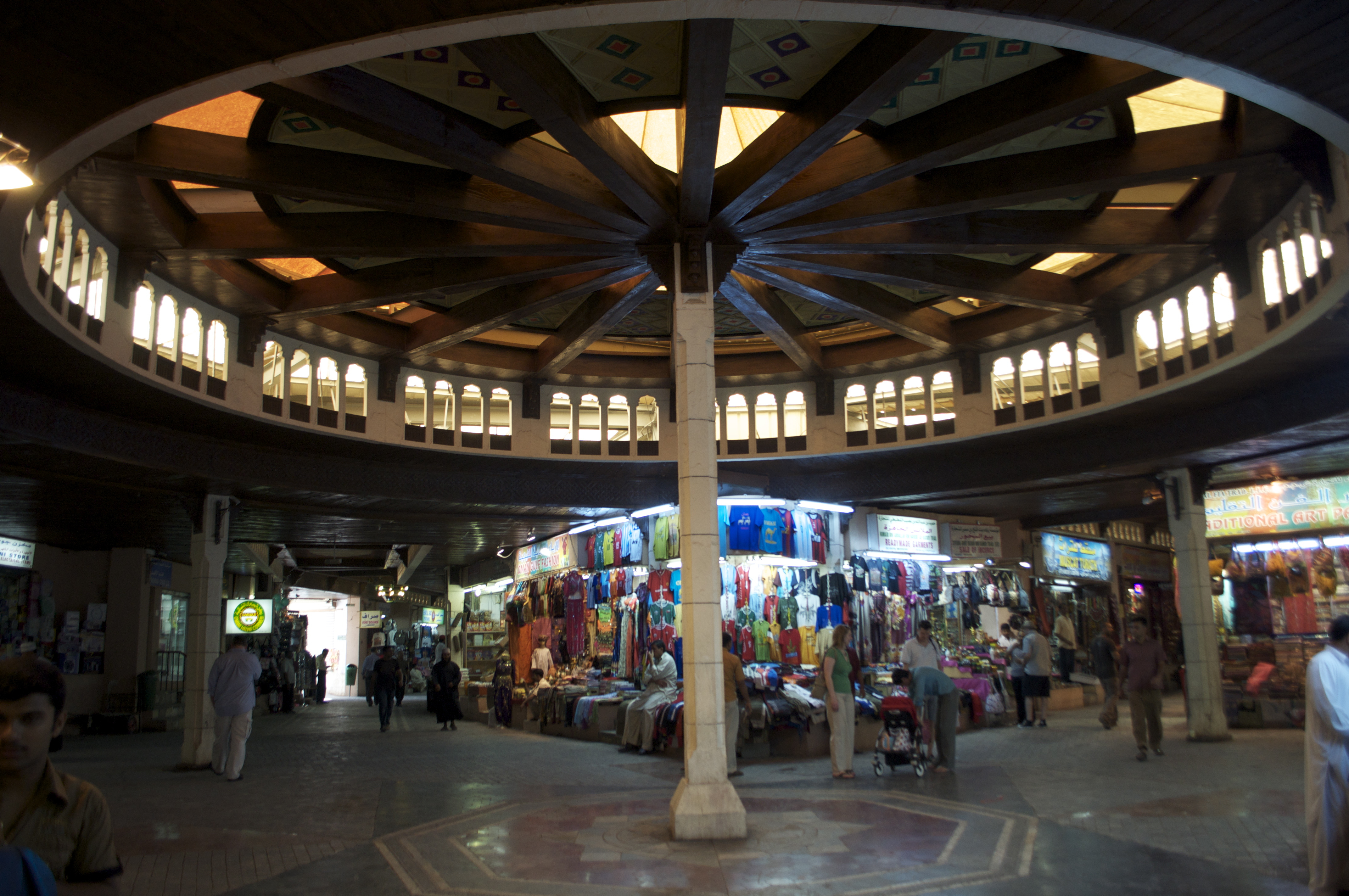|
Oman–United States Free Trade Agreement
The U.S.-Oman Free Trade Agreement is a trade pact between Oman and the United States. On November 15, 2004, the George W. Bush administration notified the U.S. Congress of its intent to sign a trade agreement with the Middle Eastern Sultanate of Oman. On January 19, 2006 the two countries signed the U.S.-Oman Free Trade Agreement (OFTA), which is part of the Bush administration's strategy to create a US - Middle East Free Trade Area (MEFTA) by 2013. On June 29, 2006, the U.S. Senate passed OFTA by a vote of 60-34, the fewest "aye" votes in the Senate of any trade bill other than CAFTA. On July 20, 2006, the U.S. House of Representatives passed OFTA by a vote of 221-205, with 7 abstentions. For procedural reasons, the Senate took a second vote on September 19, 2006, and the bill's implementing bill was passed 62-32, with 6 abstentions. In all, the Senate approved the bill 63-37, since all senators voted either "aye" or "nay" in one of the two votes. George W. Bush signed the ... [...More Info...] [...Related Items...] OR: [Wikipedia] [Google] [Baidu] |
George W
George Walker Bush (born July 6, 1946) is an American politician who served as the 43rd president of the United States from 2001 to 2009. A member of the Republican Party, Bush family, and son of the 41st president George H. W. Bush, he previously served as the 46th governor of Texas from 1995 to 2000. While in his twenties, Bush flew warplanes in the Texas Air National Guard. After graduating from Harvard Business School in 1975, he worked in the oil industry. In 1978, Bush unsuccessfully ran for the House of Representatives. He later co-owned the Texas Rangers of Major League Baseball before he was elected governor of Texas in 1994. As governor, Bush successfully sponsored legislation for tort reform, increased education funding, set higher standards for schools, and reformed the criminal justice system. He also helped make Texas the leading producer of wind powered electricity in the nation. In the 2000 presidential election, Bush defeated Democratic incum ... [...More Info...] [...Related Items...] OR: [Wikipedia] [Google] [Baidu] |
Trade Agreement
A trade agreement (also known as trade pact) is a wide-ranging taxes, tariff and trade treaty that often includes investment guarantees. It exists when two or more countries agree on terms that help them trade with each other. The most common trade agreements are of the preferential and free trade types, which are concluded in order to reduce (or eliminate) tariffs, quotas and other trade restrictions on items traded between the signatories. The logic of formal trade agreements is that they outline what is agreed upon and the punishments for deviation from the rules set in the agreement. Trade agreements therefore make misunderstandings less likely, and create confidence on both sides that cheating will be punished; this increases the likelihood of long-term cooperation. An international organization, such as the IMF, can further incentivize cooperation by monitoring compliance with agreements and reporting third countries of the violations. Monitoring by international agencie ... [...More Info...] [...Related Items...] OR: [Wikipedia] [Google] [Baidu] |
Middle East
The Middle East ( ar, الشرق الأوسط, ISO 233: ) is a geopolitical region commonly encompassing Arabian Peninsula, Arabia (including the Arabian Peninsula and Bahrain), Anatolia, Asia Minor (Asian part of Turkey except Hatay Province), East Thrace (European part of Turkey), Egypt, Iran, the Levant (including Syria (region), Ash-Shām and Cyprus), Mesopotamia (modern-day Iraq), and the Socotra Governorate, Socotra Archipelago (a part of Yemen). The term came into widespread usage as a replacement of the term Near East (as opposed to the Far East) beginning in the early 20th century. The term "Middle East" has led to some confusion over its changing definitions, and has been viewed by some to be discriminatory or too Eurocentrism, Eurocentric. The region includes the vast majority of the territories included in the closely associated definition of Western Asia (including Iran), but without the South Caucasus, and additionally includes all of Egypt (not just the Sina ... [...More Info...] [...Related Items...] OR: [Wikipedia] [Google] [Baidu] |
Sultanate
This article includes a list of successive Islamic states and Muslim dynasties beginning with the time of the Islamic prophet Muhammad (570–632 CE) and the early Muslim conquests that spread Islam outside of the Arabian Peninsula, and continuing through to the present day. The first-ever establishment of an Islamic polity goes back to the Islamic State of Medina, which was established by Muhammad in the city of Medina in 622 CE. Following his death in 632 CE, his immediate successors established the Rashidun Caliphate, which was further succeeded by the Umayyad Caliphate and later the Abbasid Caliphate. While the primary caliphates gradually fractured and fell, other Muslim dynasties rose; some of these dynasties established notable and prominent Islamic empires, such as the Ottoman Empire centered around Anatolia, the Safavid Empire of Persia, and the Mughal Empire in India. Middle East and North Africa Mesopotamia and Levant (Iraq, Jordan, Lebanon, Palestine, Syria) ... [...More Info...] [...Related Items...] OR: [Wikipedia] [Google] [Baidu] |
Oman
Oman ( ; ar, عُمَان ' ), officially the Sultanate of Oman ( ar, سلْطنةُ عُمان ), is an Arabian country located in southwestern Asia. It is situated on the southeastern coast of the Arabian Peninsula, and spans the mouth of the Persian Gulf. Oman shares land borders with Saudi Arabia, the United Arab Emirates, and Yemen, while sharing Maritime boundary, maritime borders with Iran and Pakistan. The coast is formed by the Arabian Sea on the southeast, and the Gulf of Oman on the northeast. The Madha and Musandam Governorate, Musandam exclaves are surrounded by the United Arab Emirates on their land borders, with the Strait of Hormuz (which it shares with Iran) and the Gulf of Oman forming Musandam's coastal boundaries. Muscat is the nation's capital and largest city. From the 17th century, the Omani Sultanate was Omani Empire, an empire, vying with the Portuguese Empire, Portuguese and British Empire, British empires for influence in the Persian Gulf and Indian ... [...More Info...] [...Related Items...] OR: [Wikipedia] [Google] [Baidu] |
US - Middle East Free Trade Area
The United States of America (U.S.A. or USA), commonly known as the United States (U.S. or US) or America, is a country primarily located in North America. It consists of 50 states, a federal district, five major unincorporated territories, nine Minor Outlying Islands, and 326 Indian reservations. The United States is also in free association with three Pacific Island sovereign states: the Federated States of Micronesia, the Marshall Islands, and the Republic of Palau. It is the world's third-largest country by both land and total area. It shares land borders with Canada to its north and with Mexico to its south and has maritime borders with the Bahamas, Cuba, Russia, and other nations. With a population of over 333 million, it is the most populous country in the Americas and the third most populous in the world. The national capital of the United States is Washington, D.C. and its most populous city and principal financial center is New York City. Paleo-Americans ... [...More Info...] [...Related Items...] OR: [Wikipedia] [Google] [Baidu] |
Rules Of Origin
Rules of origin are the rules to attribute a country of origin to a product in order to determine its "economic nationality". The need to establish rules of origin stems from the fact that the implementation of trade policy measures, such as tariffs, quotas, trade remedies, in various cases, depends on the country of origin of the product at hand. Rules of origin have become a challenging topic in international trade, not only because they constitute a highly technical area of rule-making, but also because their designation and application have not been harmonized across the world. The lack of harmony is even more remarkable in the era of regionalism, when more and more free trade agreements (FTAs) are concluded, creating the spaghetti bowl effect. Definition of rules of origin The most comprehensive definition for rules of origin is found in the International Convention on the Simplification and Harmonization of Customs procedures (Kyoto Convention), which entered into forc ... [...More Info...] [...Related Items...] OR: [Wikipedia] [Google] [Baidu] |
Market Access
In international trade, market access is a company's ability to enter a foreign market by selling its goods and services in another country. Market access is not the same as free trade, because market access is normally subject to conditions or requirements (such as tariffs or quotas), whereas under ideal free trade conditions goods and services can circulate across borders without any barriers to trade. Expanding market access is therefore often a more achievable goal of trade negotiations than achieving free trade. Market access concessions and limitations to market access differ greatly between trade in goods and trade in services. While market access for goods mainly involves measures at the border such as customs duties or quantitative restrictions, market access for services relates more to the application of domestic regulation behind the border. Moreover, in a world of proliferating regionalism, preferential market access for goods and services also have distinctive charact ... [...More Info...] [...Related Items...] OR: [Wikipedia] [Google] [Baidu] |
Free-trade Area
A free-trade area is the region encompassing a trade bloc whose member countries have signed a free trade agreement (FTA). Such agreements involve cooperation between at least two countries to reduce trade barriers, import quotas and tariffs, and to increase trade of goods and services with each other. If natural persons are also free to move between the countries, in addition to a free-trade agreement, it would also be considered an open border. It can be considered the second stage of economic integration. Customs unions are a special type of free-trade area. All such areas have internal arrangements which parties conclude in order to liberalize and facilitate trade among themselves. The crucial difference between customs unions and free-trade areas is their approach to third parties. While a customs union requires all parties to establish and maintain identical external tariffs with regard to trade with non-parties, parties to a free-trade area are not subject to this requiremen ... [...More Info...] [...Related Items...] OR: [Wikipedia] [Google] [Baidu] |
Tariffs
A tariff is a tax imposed by the government of a country or by a supranational union on imports or exports of goods. Besides being a source of revenue for the government, import duties can also be a form of regulation of foreign trade and policy that taxes foreign products to encourage or safeguard domestic industry. ''Protective tariffs'' are among the most widely used instruments of protectionism, along with import quotas and export quotas and other non-tariff barriers to trade. Tariffs can be fixed (a constant sum per unit of imported goods or a percentage of the price) or variable (the amount varies according to the price). Taxing imports means people are less likely to buy them as they become more expensive. The intention is that they buy local products instead, boosting their country's economy. Tariffs therefore provide an incentive to develop production and replace imports with domestic products. Tariffs are meant to reduce pressure from foreign competition and reduce the ... [...More Info...] [...Related Items...] OR: [Wikipedia] [Google] [Baidu] |
Economy Of Oman
The economy of Oman is mainly centered around its oil sector, with fishing and trading activities located around its coastal regions. When oil was discovered in 1964, the production and export increased significantly. The government has made plans to diversify away from oil under its privatization and Omanization policies. This has helped raise Oman's GDP per capita continuously in the past 50 years. It grew 339% in the 1960s, reaching a peak growth of 1,370% in the 1970s. Similar to the pricing of all other commodities, the price of oil is subject to significant fluctuations over time, especially those associated with the business cycle. A commodity's price will rise sharply when demand, like that for oil, outpaces supply; meanwhile, when supply outpaces demand, prices will fall. It scaled back to a modest 13% growth in the 1980s and rose again to 34% in the 1990s. Oman joined the Gulf Cooperation Council in 1981 with the aim of establishing a customs union, a common market and ... [...More Info...] [...Related Items...] OR: [Wikipedia] [Google] [Baidu] |






.png)
